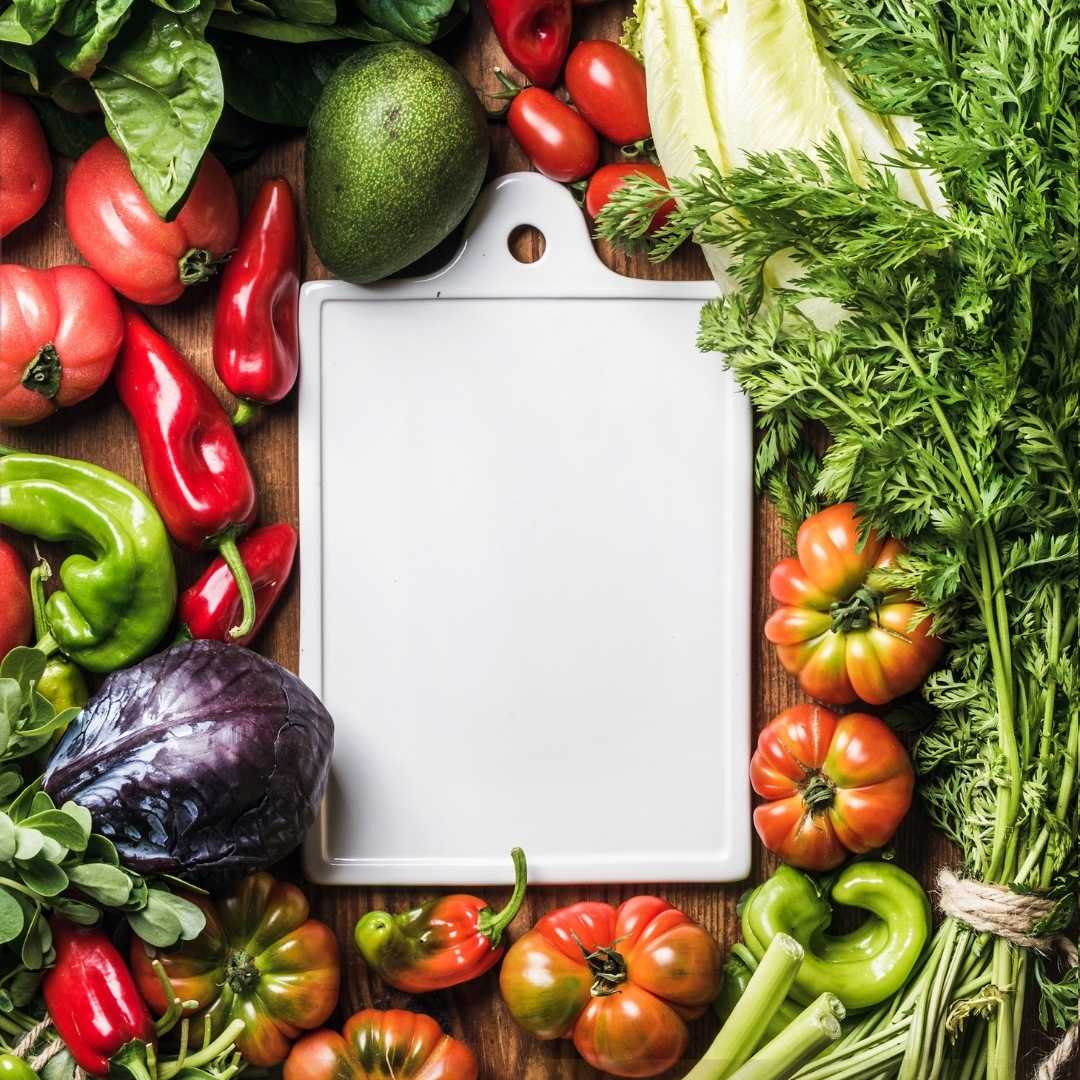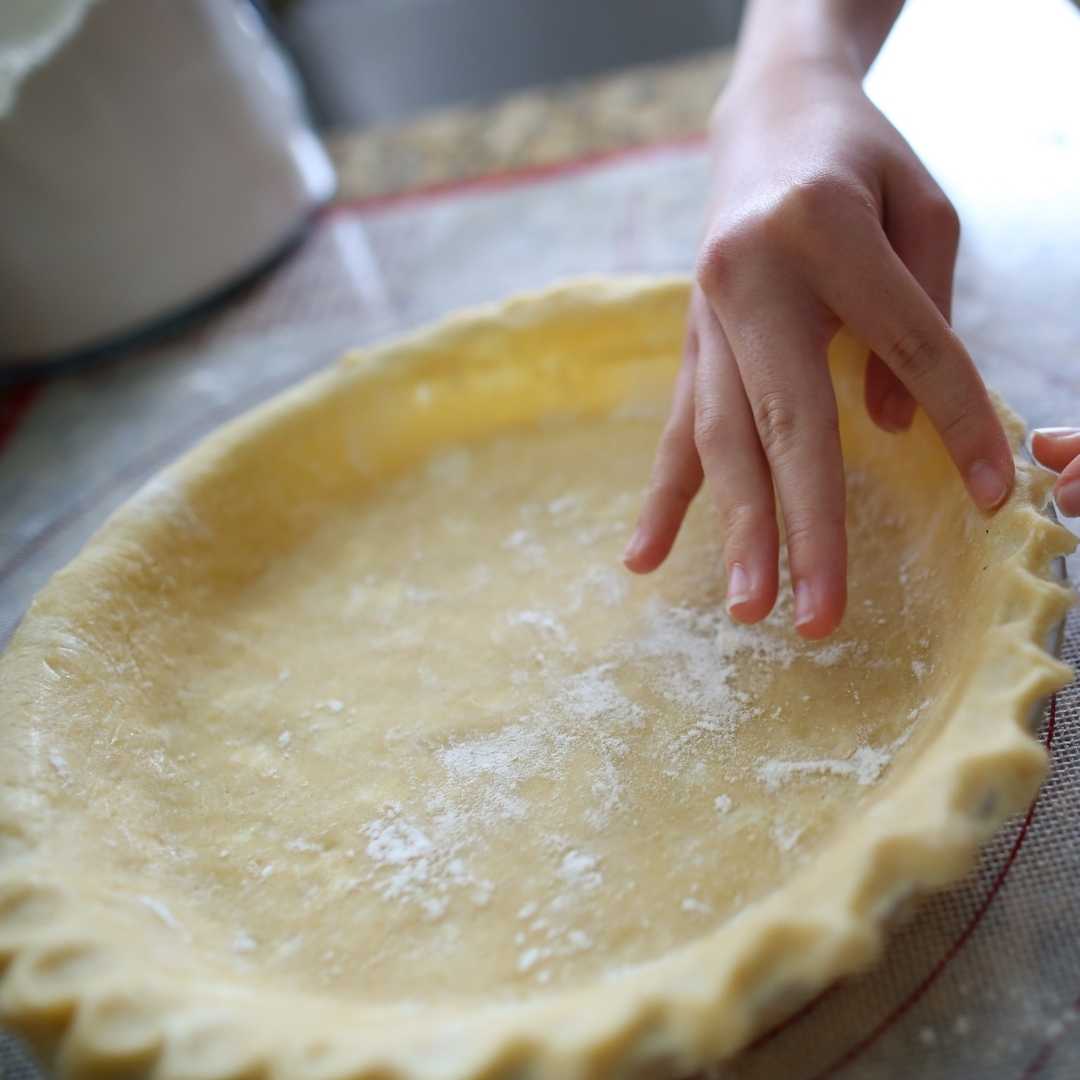Selecting the Perfect Cheese Board Recipe: When it comes to a party, just about everyone is happy with a nice cheese board appetizer. Not only is cheese wildly popular these days, it has also become a conversation piece. Some people might say this is the perfect addition to any winter holiday party. Add some fruits, meats, nuts, and olives, and you have a perfect dish to serve at any holiday / dinner party. Whenever there’s a platter of really good cheeses, most people dig in with gusto.
When you are building a great cheese board, try to include a variety of textures and flavors. There is basically four categories of cheese: aged, soft, firm, and blue. For a good variety, choose at least one from each group. Some examples:
Aged:
- Aged Cheddar – Cheddar is the most popular cheese in the world. As cheddar ages, it goes from mild to sharp, developing a tangier taste as the microbes and enzymes transform texture and intensify flavor.

- Comté – a French cheese made from unpasteurized cow’s milk in the Franche-Comté traditional province of eastern France. Comté has the highest production of all French AOC cheeses, at around 64,000 tons annually.

- Goat Gouda – a semi-hard cheese made from pasteurized goat’s milk and cream, produced by the Central Coast Creamery in Paso Robles, California. Goat gouda is a firm, dense and smooth textured cheese is slightly grainy with hints of caramel. The rind is hard and natural with ivory colour interior.

Soft:
- Brillat-Savarin – a soft, white-crusted cow’s milk cheese triple cream brie with at least 72% fat in dry matter. It was created c. 1890 as “Excelsior” or “Délice des Gourmets” by the Dubuc family, near Forges-les-Eaux.
- Camembert – a moist, soft, creamy, surface-ripened cow’s milk cheese. It was first made in the late 18th century in Camembert, Normandy, in northern France. It is similar to Brie, which is native to a different region of France.

- Constant Bliss – In the universe of artisanal Vermont cheeses, few names stand out as much as Jasper Hill. Since purchasing their farm in 1998, the Kehler brothers, along with their wives, have been producing high quality farmstead cheeses. Aged only 60 days, Constant Bliss is their youngest cheese. In fact, because of importing laws, it’s often the youngest raw milk cheese you’ll find in the U.S.
Firm:
- Mimolette – a cheese traditionally produced around the city of Lille, France. In France, it is also known as Boule de Lille after its city of origin, or vieux Hollande for being made after the tradition of Edam cheese.

- Parmigiano-Reggiano – an Italian hard, granular cheese. The name “Parmesan” is often used generically for the same cheese made outside the traditional areas of production in Italy, although this is prohibited in trading in the European Economic Area under European law.

- Manchego – Is a cheese made in the La Mancha region of Spain from the milk of sheep of the Manchega breed. Official manchego cheese is aged minimally for 60 days up to 2 years. Manchego has a firm and compact consistency and a buttery texture, and often contains small, unevenly distributed air pockets.

Blue:
- Stilton – an English cheese, produced in two varieties: Blue, known for its characteristic strong smell and taste, and the lesser-known White.
- Valdeón – Queso de Valdeón is a Spanish blue cheese from León. The cheese is made in Posada de Valdeón, in the northeast of the province of León, Spain and is wrapped in sycamore maple, or chestnut leaves before being sent to market.
- Gorgonzola Dolce – Dolcelatte is a blue veined Italian soft cheese. The cheese is made from cow’s milk, and has a sweet taste. Its name translates from Italian to ‘sweet milk’ in English. Dolcelatte was created by the Galbani Company and the name is a registered trademark.

Accompaniments
Just having a plate of amazing cheeses is not enough to create the perfect cheese plate. Here are a couple of accompaniments you can add to your cheese plate.
- Offer a selection of breads, including sliced baguette, bread sticks, and crackers in all different shapes and sizes. It’s a good idea to mix up the taste and texture among the breads as well as the cheeses.
- Jarred condiments and vegetables; for example, preserves or honey, tart chutneys, and spicy mustards. You can also add artichoke hearts, roasted red peppers, and caponata. If you really want to be extra, prepare caramelized onions, which complement most cheese plates.
- Various other sweet and salty items can work as well. Cured meats such as prosciutto and salami, are a great pairing for cheese. Assorted seasonal and dried fruits can include figs, cherries, apples, and pears also make a great pairing.
Serving Tips:
The last step is presentation. For a cheese board it does make a big difference on whether or not it will be a hit at your party.
- Separate strong-smelling cheeses. If you want to serve a pungent, stinky-socks cheese, place it on a separate plate so it doesn’t overpower more delicate ones. Four or five choices are enough.
- Set out a separate knife for each cheese, especially the soft varieties. Soft cheese spreads well with a butter knife; firm cheese might require a paring knife; and aged cheese often requires a cheese plane.
- Remove the cheese from the refrigerator an hour before serving―cold mutes flavor.
- Spread out the spread. Place the cheese platters and the other nibbles on several tables to avoid guest gridlock.
Label each cheese so you won’t need to recite the names all evening. If you like, also jot down a few poetic adjectives describing its flavor.




